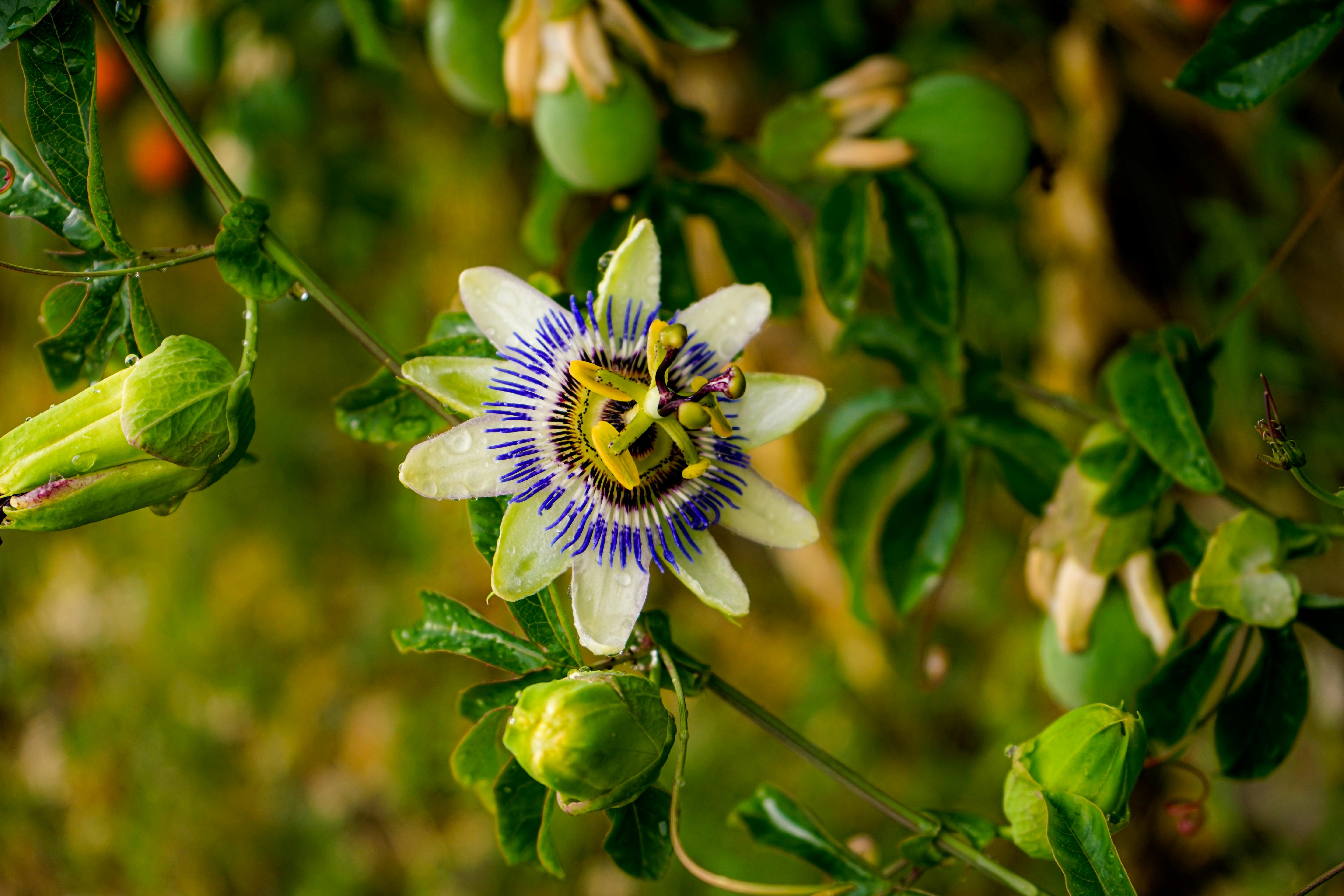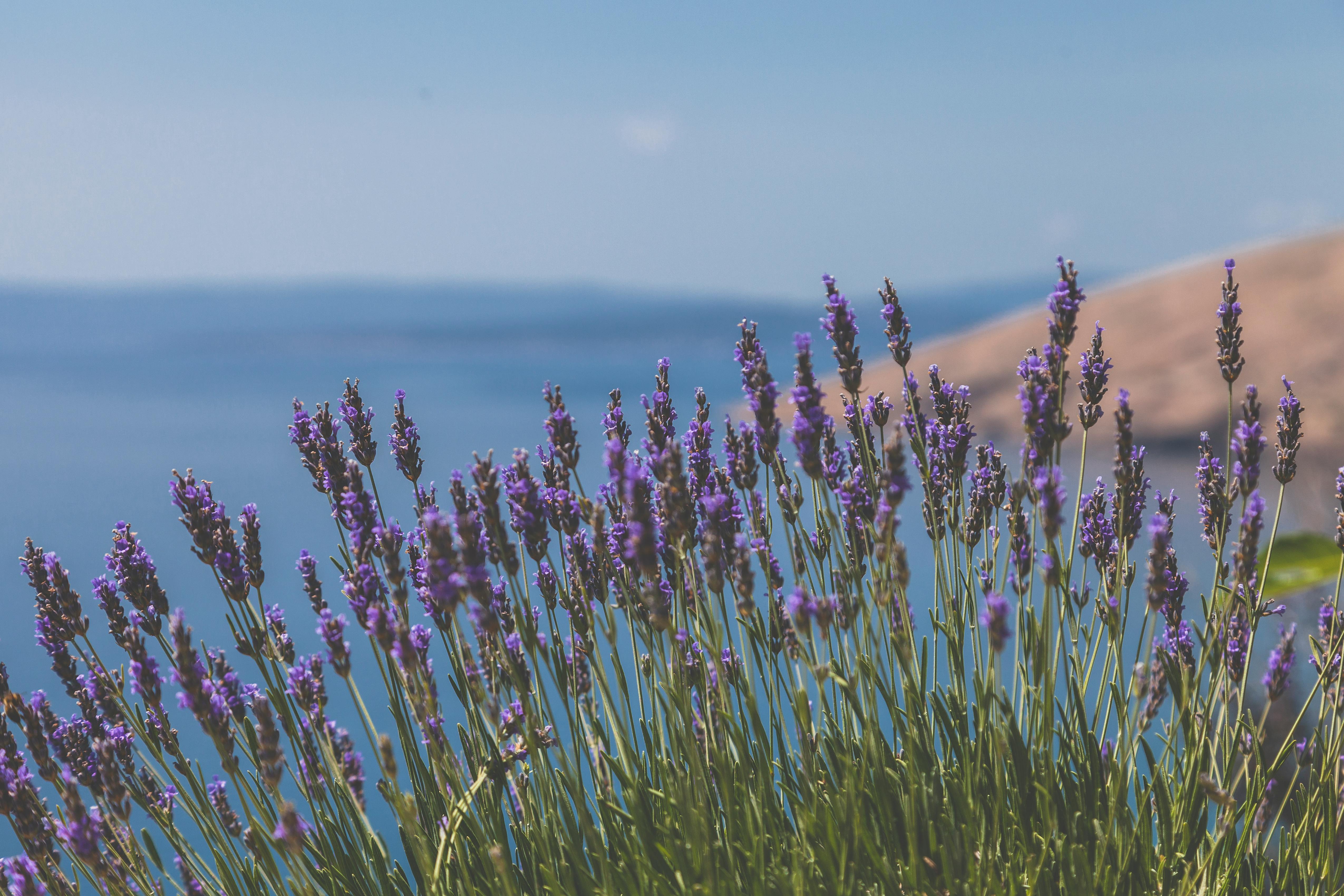Though hibiscus blossoms are short-lived, their beauty will catch anyone's attention.
These large, lush, and irresistible blossoms hold important symbolism throughout cultures, from the Hindu goddess Kali, who is depicted with hibiscus to symbolize her tongue and fierce energy, to a symbol of success and achievement in China.
Medicinally, working with hibiscus goes back thousands of years and is still just as beloved today. Much of that love comes from its enchanting color and delicious flavor, hinting at its medicinal virtues.
Hibiscus is a part of the Malvaceae family. Making okra, marshmallow, and even cacao its relatives.
It is native to Hawaii, Mauritius, Fiji, Madagascar, China, and India but can be found growing in tropical and subtropical regions worldwide.
Although there are at least 300 species of hibiscus, the species used explicitly in herbalism, and the ones I will be referencing throughout this blog, is Hibiscus sabdariffa because it's the only species with edible calyces (sepals). However, the flowers and leaves can be used from the other species.
The calyces are harvested once all the flowers have fallen off, and you are left with this fleshy, fruit-like calyx. Once dried, these are typically sold as “hibiscus flowers,” but just know it is not the flower!
Medicinal Benefits
If you know anything about the plants in the Malvaceae family, like marshmallows, you might wonder if hibiscus has that mucilaginous moistening quality. Though hibiscus leaves moisten, the calyx is more drying and even slightly astringent, a quality not as commonly found in the mallow family.
The tart and sour taste also gives us insight into the presence of acids that lend to this astringency. Though it's good to mention that the astringency is mild, I don't find this a plant that will dry you out like white oak bark. Additionally, this is a very cooling plant referred to as a refrigerant in herbalism, which means it cools down the tissues in the body. Think of it as a refrigerator for the body! This is one reason it's common to see it in summer drinks!
In many places like Jamaica, a drink made out of hibiscus called Aqua de Jamaica is a staple. In traditional Chinese Medicine, the taste of sourness is associated with the liver and draining excess fluids to create fluid balance. As a diuretic, we see this action in hibiscus as it is commonly used for edema, especially in diabetes. Heat edema is a common summertime issue where prolonged periods in a hot environment lead to swelling of the extremities due to blood vessels expanding.
Hibiscus is lovely here, especially paired with meadowsweet. Hibiscus is also antimicrobial, making it great for urinary tract infections! In one study, hibiscus was even more effective than diuretic hydrochlorothiazide without any adverse side effects, such as electrolyte imbalance. I love pairing hibiscus with red raspberry leaf for electrolyte replenishment! Hibiscus is rich in vitamin C, potassium, iron, and calcium.
You know that beautiful ruby color you get in hibiscus tea? Well, that is thanks to its anthocyanins, an antioxidant! You will find these in other foods like red cabbage, cherries, and pomegranates! Generally, more vibrant colored fruits and vegetables tend to have more antioxidants thanks to these anthocyanins in their tissues. These antioxidants in hibiscus make it great at lowering blood pressure and as an overall cardioprotective, enhancing immune function, and supporting liver health. For high blood pressure, two cups a day is recommended. Of course, hibiscus might not be for you if you have low blood pressure.
So, as you can see, the taste and color of plants can tell us a lot about their medicinal actions! Next time you enjoy a refreshing glass of hibiscus tea, think about those lovely antioxidants and what that taste triggers in your internal ecosystem!
Looking for a perfect iced tea this summer? Try our Wise Women Herbal Tea! Hibiscus is combined with the nutrient-rich nettle and oat straw, heart-opening rose & motherwort, cognitive supporting gotu kola for a sharp and calm mind, and the cooling sage. This makes for the perfect tea poolside this summer!
Hibiscus Spiritual Qualities
Just like hibiscus flowers are large and expressive, hibiscus helps us be more self-confident. This is a plant for our root chakra. Its deep red color connects us to our foundation to feel grounded and sure of where we are going in life. Hibiscus helps us awaken wisdom already within us so we can see things in a different light, inviting more joy as we find our way out of pain and suffering.
As a root chakra plant, it also helps us tune into our sensuality, whether that is through healing sexual trauma or tapping into our feminine power.
My favorite way to connect with the spiritual aspects of plants is with flower essences. These essences capture the bioenergetics of the flowers through the sun so you can take their vibrational energy with you. These can be made with any species of hibiscus since the flower is used.
My favorite place to get flower essences is Hibiscus – Flower Essence Services (fesflowers.com)! Add a few drops to your tea to fully capture the beauty of this plant! However, you can tap into these hibiscus qualities just by drinking the tea or sitting with the plant.













Leave a comment